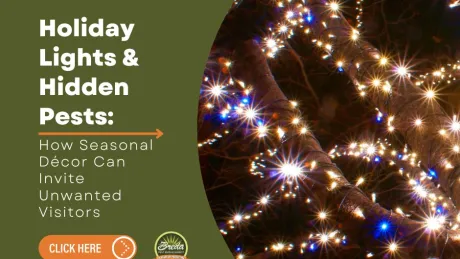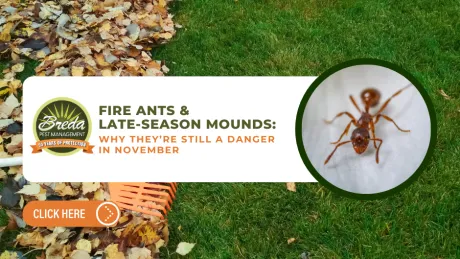Insects can be annoying, but it's not necessary to kill every bug you encounter. As long as they stay outside, insects can be beneficial for both you and the environment. Here are six bugs that you shouldn't try to kill.
Honey Bees
Honeybees are a very valuable part of the ecosystem. They need to collect nectar and pollen to survive, and as they do this, they pollinate flowers and crops. A honeybee will visit anywhere from 50-100 flowers during a single collection trip. In fact, they're one of the most important pollinators! They are also the only insect to make food eaten by humans. However, this doesn't mean that you need to let them live in or around your house. A local beekeeper will be happy to adopt your unwanted bees.
Ladybugs
Ladybugs, also called lady beetles, can be a nuisance if they move into your house, but as long as they stay outdoors, these insects are friends, not foes. They eat garden pests like aphids and mites. A single adult ladybug can eat more than 50 aphids in a single day, and some may consume as many as 5,000 aphids in their lifetime. Ladybugs don't just eat aphids, but also eat fruit flies, thrips, mites, and other plant damaging insects, so they're good to have around.
Legend has it that during the Middle Ages, swarms of aphids were destroying European crops. The farmers prayed to the Virgin Mary, and help came in the form of aphid devouring ladybugs. The grateful farmers began referring to the beetles as "Our Lady's beetles."
*Some breeds of ladybugs (Mexican bean beetle and the squash beetle) feed on plant leaves, so they may actually cause some harm to garden plants.
Harmless Spiders
While some types of spiders—like black widows and brown recluses—are dangerous, most household spiders are harmless. Despite their creepy appearance, common spiders like wolf spiders and common house spiders are your allies when it comes to pest control. They feed on small insects that you don't want in your house (like ants and beetles) and help to keep insect populations under control.
Praying Mantises
Praying mantises are a very helpful pest for gardeners. A single mantis can eat a lot of insects, which helps to control the population of insects that could damage your plants. These insects are so useful that some people will even purchase praying mantises to release in their gardens.
Earwigs
Earwigs look like dangerous pests thanks to their menacing pincers, but they're actually good to have around. Their pincers are used for defense. As long as you leave them alone, they'll leave you alone. They feed on dead insects and decomposing plant matter, and that's good for the health of your garden. Plus, they usually cause minimal damage to healthy garden plants.
Stink Bugs
Stink bugs are a nuisance that you may encounter in the fall. These pests try to enter homes to find a warm place to spend the winter. Stink bugs release an unpleasant odor as a defense mechanism, so if you try to squish it or spray it with bug spray, you'll stink up your house. It's best to focus on exclusion methods to keep these stinky bugs outdoors where they belong.
While these bugs are good to have outdoors, you probably don't want most of them to invade your home. If these beneficial insects move into your home, call Breda Pest Management to evict them.
Green Lacewings
Green Lacewings are delicate insects with a wingspan of 6mm to over 65 mm. They are sometimes called "stinkflies" because of their ability to release a foul smell when touched. They have also earned the name "aphid lions" because of their larvae's appetite for aphids: approximately 200 a week. Lacewings also consume spider mites (especially red mites), thrips, leafhoppers, mealybugs, whiteflies, and small caterpillars. All in all, Lacewings can be a valuable asset to your garden. There are even companies that sell Lacewing eggs as a natural pest control solution.
Need help getting rid of harmful pests? Fill out the form below for a free pest control consultation to get some swift pest management services.



